Darker shades indicate concentrated urine, which may mean that your baby is slightly dehydrated. What technique or combination of things worked for your baby?!? Note also that the amount of pee increases as your baby grows. Are the diaper tapes around the tummy fastened properly? Babies with a UTI may also have a fever, start peeing a lot more frequently, or show signs of discomfort while urinating. Which, is often not desired. However, if it doesn't, or they aren't peeing at all, then it's time to head to the doctor or emergency room. Skip to home Skip to main content Skip to search. While you don't need to actually measure their urine output down to the ounce, it's a good idea to note how many wet diapers they have each day and how their urine looks to ensure that they are receiving the amount of liquid that they should. Diaper tends to go out of alignment due to the baby's active leg movements. Most newborns should have at least four to six wet diapers a day, although how many your baby produces could end up being one every hour or every three hours. Product Lineup. Keeping an eye on both of these numbers, the amount of urine, and the diapers themselves is the key to knowing just how hydrated your infant is on any given day.
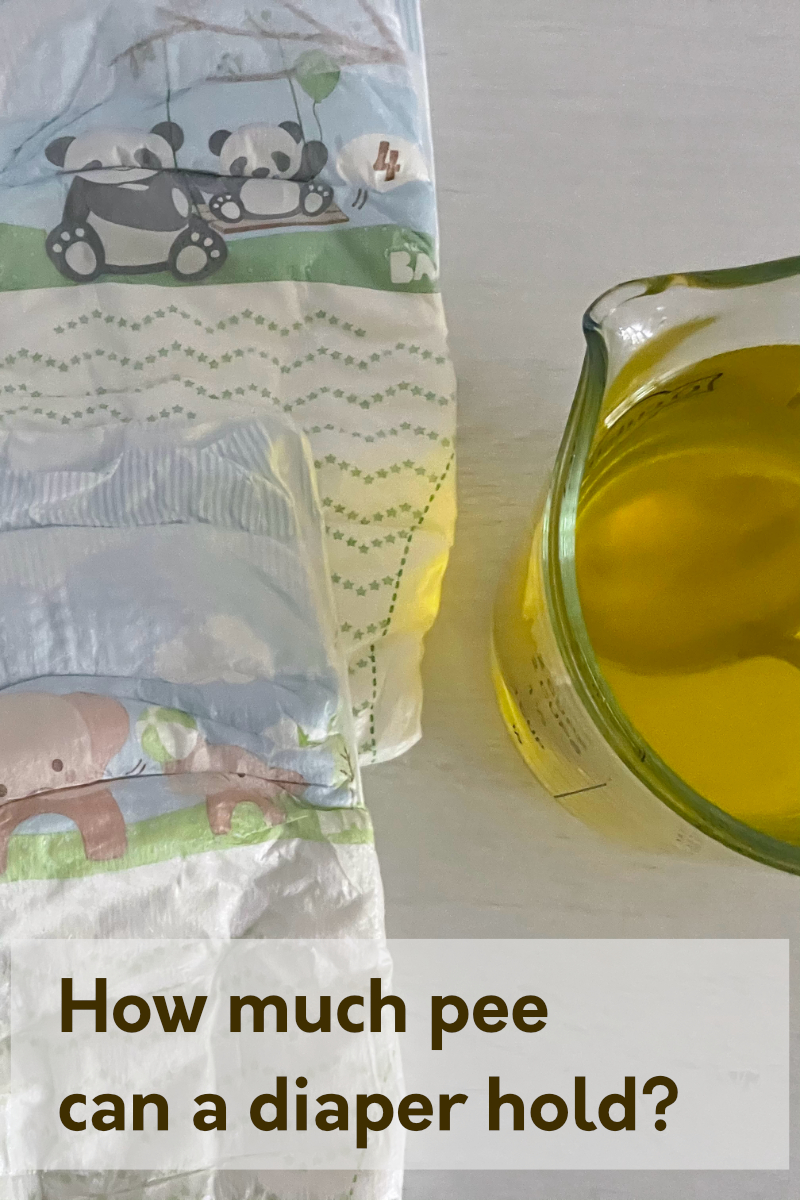
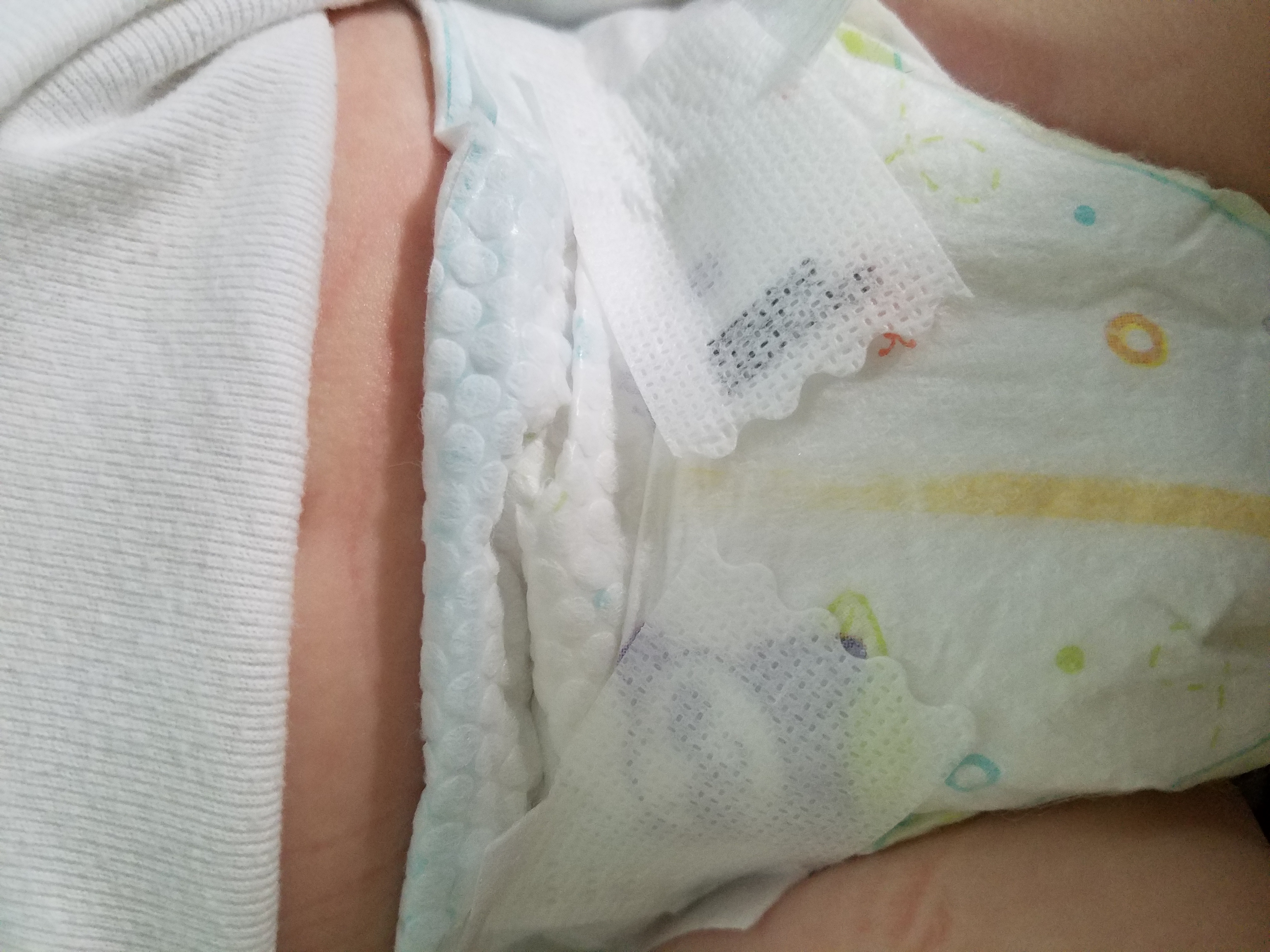
While the diaper size may appear to fit your baby, the amount of pee may have increased with his growth, so the diaper may not be able to absorb the larger amount of urine. You'll just need to carry fewer diapers in your diaper bag. You can find a full list of sources used for this article below. From there, the number of diapers will go up at the rate of one per day until day six. If you prefer to have a diaper that is loose-fitting, you may experience leakage as urine and poop comes out through the gaps before it can be absorbed. Within 24 hours after birth, your newborn will probably pee once, so you can expect one wet diaper.
How Many Wet Diapers Should a Newborn Have?
When it comes to urine output , both cloth and disposable diapers will do the job of collecting the liquid and preventing it from leaking out at least, you hope that they don't spring any leaks. Article duration. For disposable diapers, the bigger the size, the better the absorbency. Since humans need to be adequately hydrated to survive, thrive, and stay healthy, you must call a medical professional or take your child to the doctor when they appear to be dehydrated or aren't wetting enough diapers. About Merries. All of the other expectations, including urine color, the amount of urine you'll see that one half to one ounce grow to two ounces over time , are still the same. The content on this page should not replace professional medical advice. Some conditions are temporary, some are harmless, and some need medical attention. If you prefer to have a diaper that is loose-fitting, you may experience leakage as urine and poop comes out through the gaps before it can be absorbed. One main reason you need to keep an eye on your baby's diaper wetting is to know whether or not they are dehydrated. This blog may contain affiliate links. It does not represent the views of any affiliated organizations. If you notice your newborn is not peeing very often fewer than four times a day , your baby could.
How to Reduce Baby Diaper Blowout and Leaks | Pampers
- I love Andy Pandy as an option for some babies because their sizing falls inbetween most major brands.
- So start by checking if the diaper size is right for your baby.
- This odor indicates a rare, serious illness called Maple Syrup Urine Disease MSUDwhich typically shows signs either within the first three days of birth or between 5 months and 7 years.
- Diaper Selection Chart.
- The main differences lie in how much urine the diaper can hold, whether it will change color when urine is detected, pee in pampers, and the overall makeup up the diaper itself, as cloth ones are reusable and washable, while disposable ones are obviously not.
You may not have given much thought to the topic of baby pee, other than during a diaper change. Our guide to baby pee answers all these questions and more! Within 24 hours after birth, your newborn will probably pee once, so you can expect one wet diaper. In the following days, and as your baby consumes more milk, the number of wet diapers increases. After about a week, a typical peeing routine for a baby will result in about four to six wet diapers per day. For example, children with a urinary tract infection UTI may pee more frequently or show signs of pain or discomfort while urinating, such as crying or body tension. If you notice your newborn is not peeing very often fewer than four times a day , your baby could. Prolonged sleep. If your baby is regularly sleeping for four or more hours at a time, it could be an indication of inadequate nutrition. Baby pee looks similar to adult pee, in that the urine of healthy newborns has a light to dark yellow pee color. Darker shades indicate concentrated urine, which may mean that your baby is slightly dehydrated. But in general, a normal pee color for a newborn is a shade of yellow. Many colors are totally normal and nothing to worry about, whereas others may indicate a problem. As mentioned above, light yellow urine is healthy. It means your baby is getting enough nourishment and peeing regularly. The darker the yellow color, the more concentrated the urine.
Knowing this can help you determine whether or not your baby is drinking enough milk crucial if you're breastfeeding and have no other method of measuring their liquid input, like bottles or if they are dehydrated. Worried about all of this and more? Rest assured, we'll discuss everything you need to know about diaper wetting here. To put it simply, diaper wetting is when your baby urinates or pee in pampers in their diaper, leaving it wet. While you do want to change their diapers regularly, avoid rashes and discomfort — not pee in pampers mention that caring for an infant properly leaves them feeling calm and less anxious knowing that their needs are met — you also need to monitor their output. Thus, the term "diaper wetting" is used to describe ladies pampers practice of not only changing diapers quickly when necessary but also keeping an eye on how much urine your baby is producing, pee in pampers. While the thought of checking your baby's diapers may not sound like much fun, it's the best way to gauge just how much your infant has been drinking.
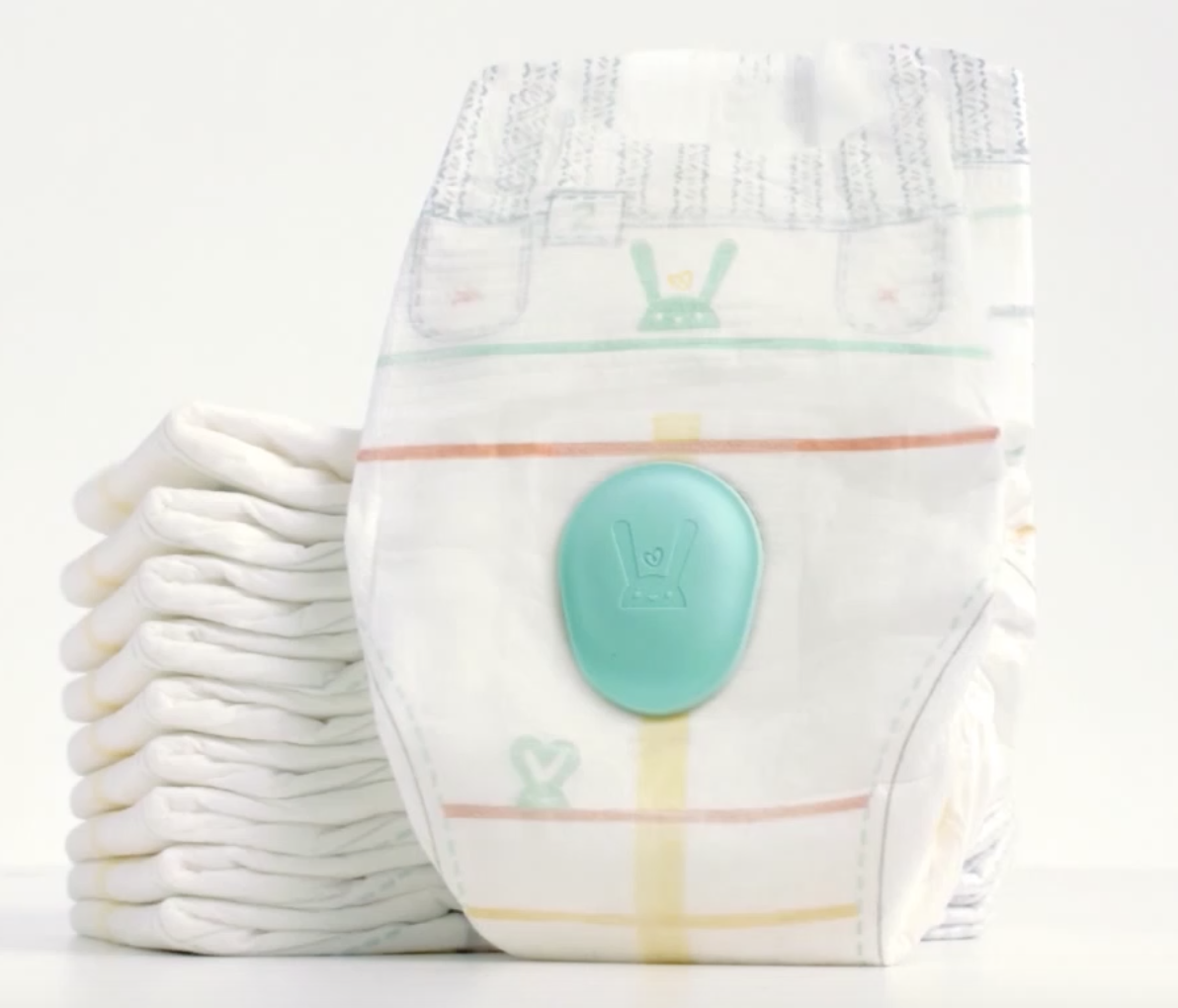
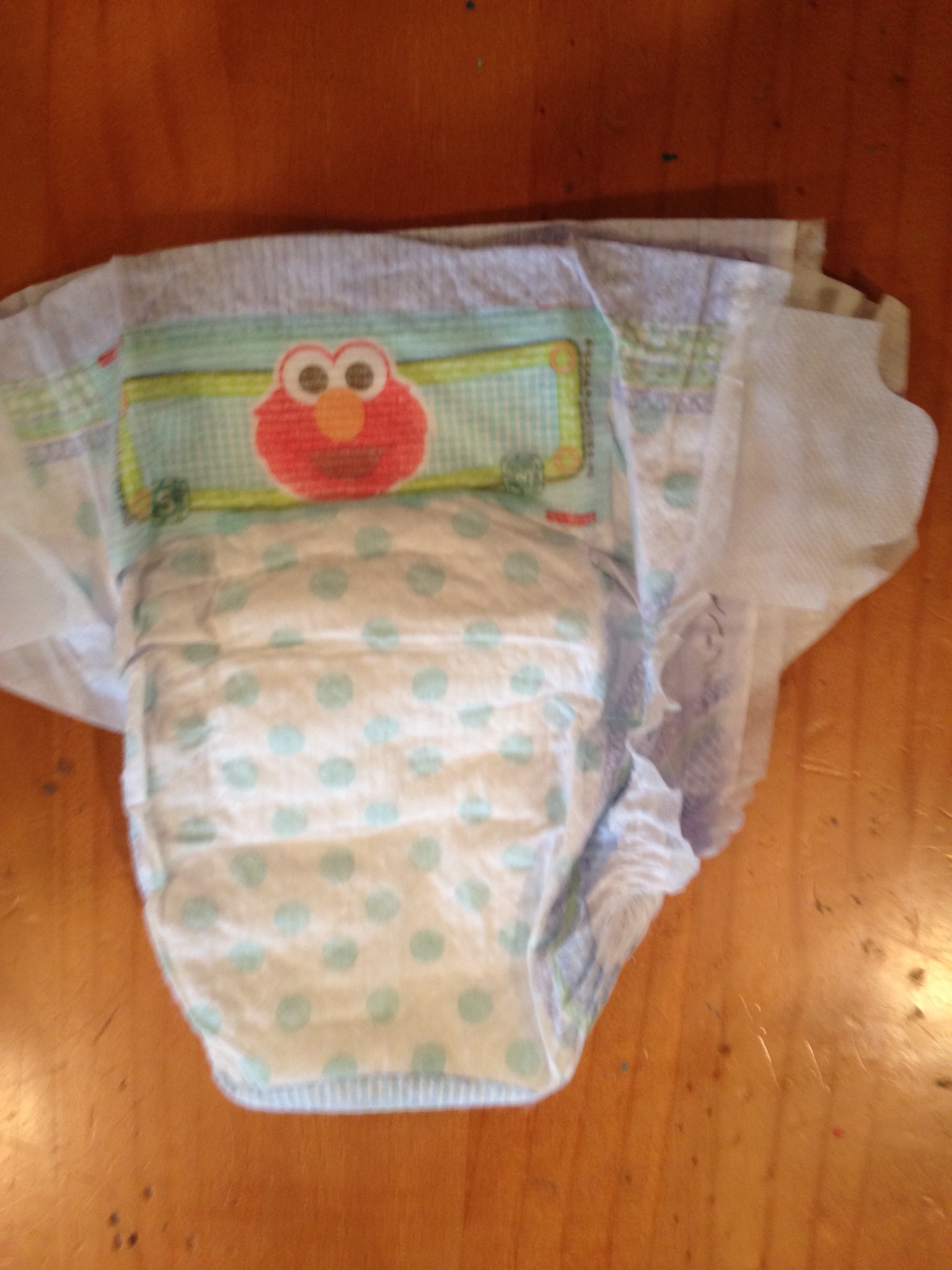

Pee in pampers. Baby Peeing Through Their Diaper Every Night?
Which, is often not desired. Additionally, tummy sleepers are more prone to pampersy hipp challenge as well. What technique or combination of things worked for your baby?!? Please comment below! Usually their current diaper size first and a larger size over top. Turn the diaper around. Back in the front. Use an overnight diaper. Purchase a super absorbent diaper. Andy Pandy is great as well as Coterie. If you can, pee in pampers, call Coterie and ask if they can send you samples to try. My pee in pampers client just did this.
Recent Posts
Size is a huge part of finding the right diaper fit for your baby. As you know, babies come in all different shapes and sizes. And just like clothing, diapers fit every baby differently. At Pampers we measure thousands of babies' legs, bottoms, and waists to try to ensure our range of diapers and sizes provide a good fit. Pampers diaper sizes are organized by weight, and since no two babies are the same shape you will notice some overlap between sizes.
My current client just did this. Bigger diapers are capable of handling more waste as they have more absorbent material.
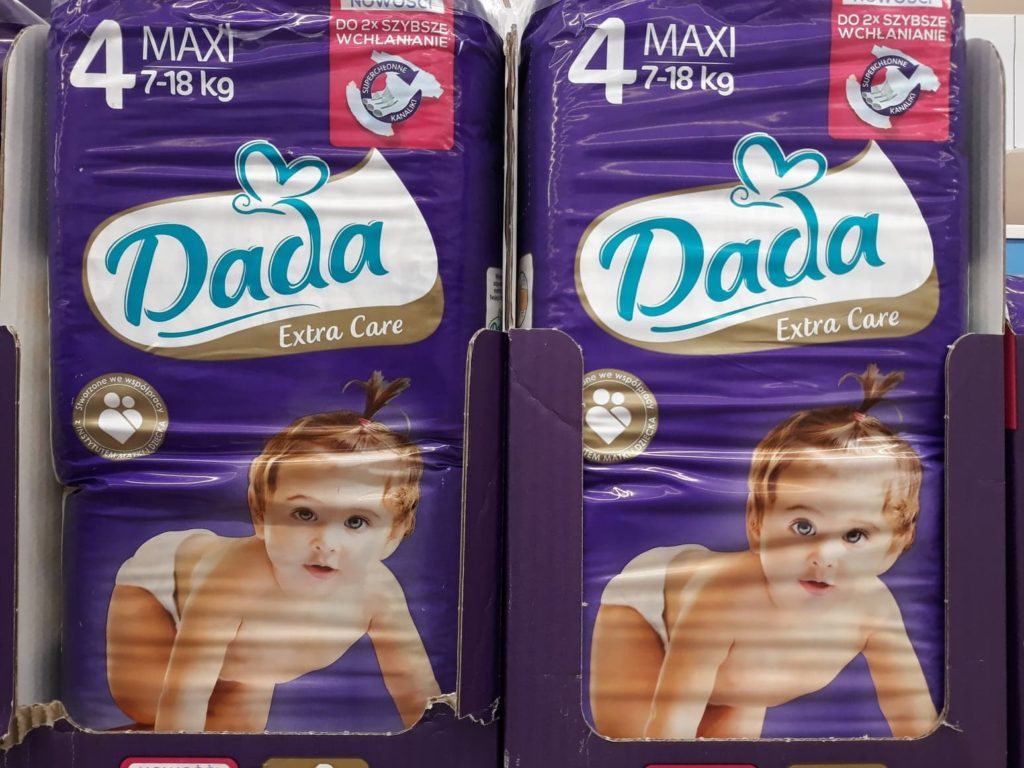

I Caught My Toddler
Between us speaking, you did not try to look in google.com?